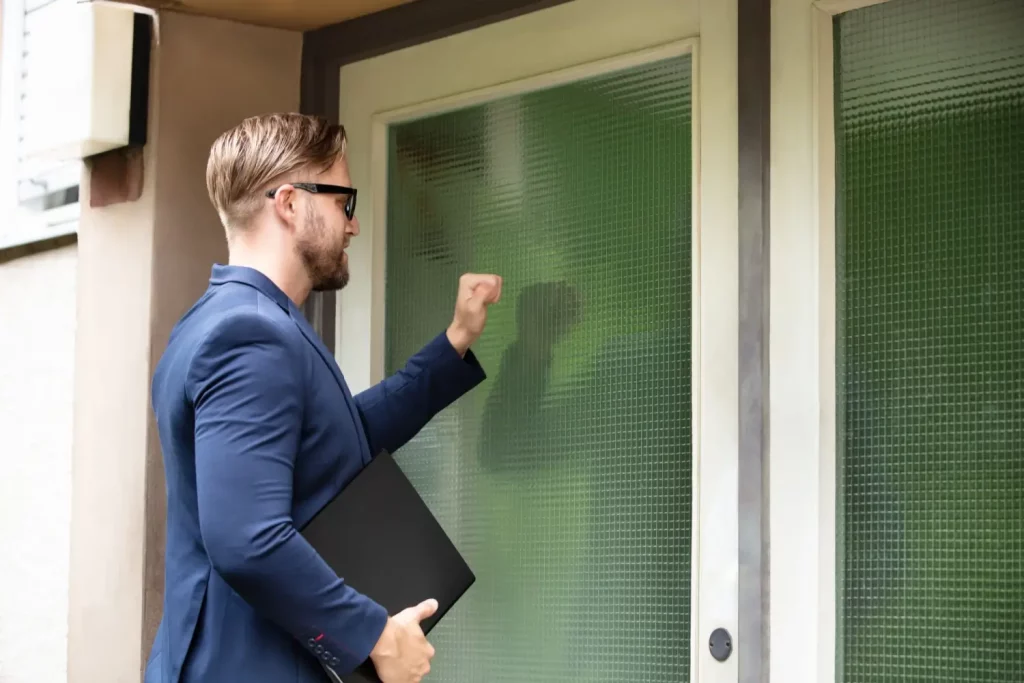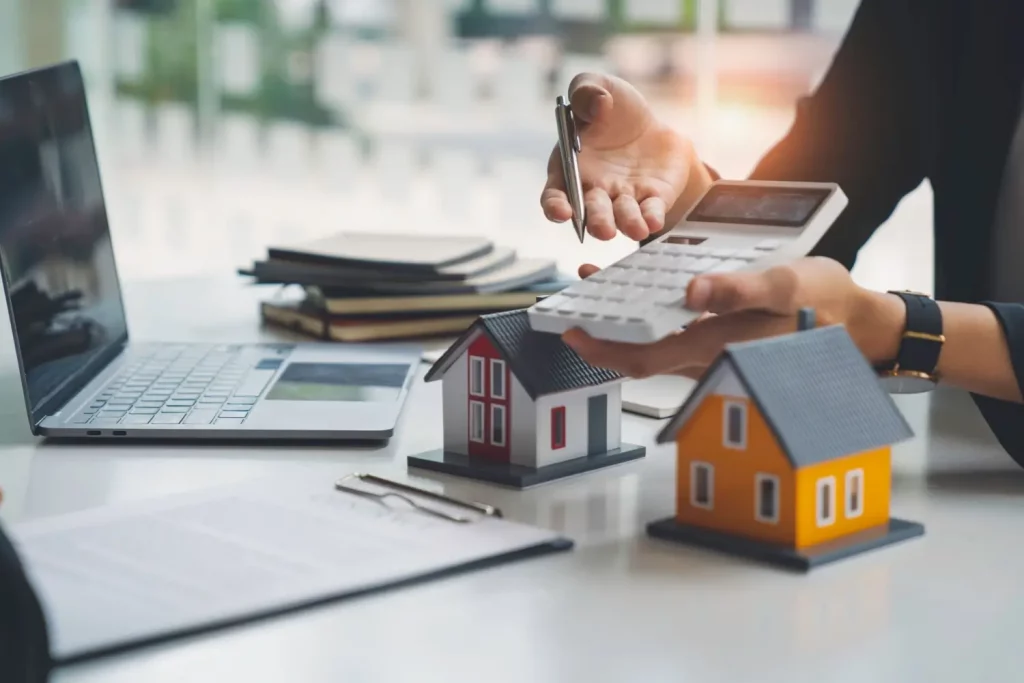Key Points
As of 2018, Canadians have hit record-high levels of debt. In fact, the bank of Canada says that Canadians owe more than $2 trillion – up by 4% in the past year. For every $1 that Canadians earn, we owe approximately $1.70 – a ratio that is among the highest in the developed world. As interests slowly begin to rise, this could mean disaster for many families.
The problem with debt is that it’s extremely hard to get out of. Many of us carry balances on our credit cards and have no problem making monthly payments towards them, but we can never actually ever seem to pay it off in full, resulting in a never-ending debt repayment cycle. We end up paying a lot more in the long run due to high interest rates, and as a result we sometimes don’t put as much towards savings.
Here are 6 strategies to help you get out of debt faster:
Whatever your debt level, the important thing to note is that it is possible to get out of debt, no matter how difficult it seems. If you’re feeling like you’re in over your head and constantly swimming in debt, don’t panic. There are several strategies in which to overcome debt simply by making small but effective changes to your lifestyle.
1. Understand where your money is going
In order to get out of debt, you must understand how you came to be in debt in the first place. Review your bills and bank transactions to get a clear understanding of how much money you have been spending on food, entertainment, clothing and necessary expenses (hydro, rent, etc.) each month. Many banks offer a free online service that helps you automatically track how you are spending your money, so long as you are using your debit or credit card to make purchases.
Next, have a look at what expenses are fixed vs variable. Fixed expenses are those that are the same every month (usually rent or mortgage, car payment, etc), while variable are those that may fluctuate month to month. Are any of these expenses negotiable? Oftentimes telecommunication companies will offer to reduce your monthly bill – all you have to do is call and ask.
Finally, and most importantly, ask yourself where you can afford to cut back. Is there a cheaper cell phone plan that can still meet your needs? Can you cut out your morning trip to Tim Hortons and drink the office coffee instead? It’s important to recognize which of your habits can realistically be changed, and which will be unrealistically burdensome to change.
By identifying your debt at the source and cutting back on where the overspending is happening, you can avoid getting into further debt and free up extra cash to pay it down faster.
2. Figure out your needs vs your wants
In the same vein as assessing which of your habits can realistically be changed, it’s important to be honest with yourself about which things you need versus merely want.
This has become increasingly difficult for people as our consumerist society constantly creates new products and convinces us that we need them. Chances are, you can live without a $90 three-day juice detox, or with a daily drip coffee instead of a latté.
You may truly need a new computer or cell phone, but do not find ways to justify to yourself why the top-end model is the only choice. Be honest about how much you can actually afford, and find substitute options that fit your budget.
Read our guide – What happens to debt when someone dies in Canada?
3. Make a budget and stick to it
Many people think there’s a magic solution to not racking up any debt, but the sheer fact of the matter is it’s dead simple basic math: never spend more than you make.
A budget can help you stay on track and ensure you don’t overspend. To create a budget, first calculate your monthly net income. Your net income is what your take-home pay is after taxes. Second, ask yourself how much of this goes towards rent or mortgage payments, unavoidable bills such as hydro and water, and minimum debt payments. Third, subtract those expenses from your net income to determine your disposable income.
Once you know your disposable income, budget specific amounts for food, entertainment, savings, and other monthly expenses. Be sure to allocate a sufficient amount for miscellaneous expenses that you may not have considered, and most importantly, assess whether there is enough left over to put more than the minimum monthly payments on your debts.
4. Change your living situation
If you have purchased a home, it may be both undesirable and unadvisable to sell your home, depending on the status of the real estate market. Find ways to make your living situation more affordable by taking effective steps, such as reducing the frequency that you shop.
If you rent, ask yourself if you can make do with a smaller or less luxurious rental unit. As much of a pain as it is to move, paying just $250 less per month means that you will have $3000 more per year to dedicate to reducing your debt.
5. Find additional income
In the age of the internet, there has never been an easier time to make extra cash. With the rise of apps like Airbnb, Uber and Task Rabbit, you can now make extra money simply by renting out a room in your home, playing chauffeur a few hours a week and lending a helping hand around someone’s home.
If your job is not generating enough income for you to pay down additional debt, you need to find other ways to make money. Host a garage sale, find a part-time job or sell your things on eBay. The ideas for a side hustle are endless – just be sure to use the extra cash you make to actually pay down your debts!
6. Turn to a Licensed Insolvency Trustee if you see no way to increase your debt payments
If your budget is not working and you cannot find a viable way to increase your monthly debt payments, consider contacting a Licensed Insolvency Trustee. Here at Harris and Partners we can help guide you and show you your options, including whether debt consolidation may be a viable solution.
If you have already been defaulting on your debt obligations and see no way out, our Licensed Insolvency Trustees may suggest a consumer proposal as an alternative to filing for bankruptcy. Read about the difference between debt consolidation, bankruptcy and consumer proposals and which might be best for you.
If you’re unsure of where to go next, contact Harris & Partners at one of our 11 locations across Ontario. We can find the best options to put you back in a position where you can start from a blank slate.











